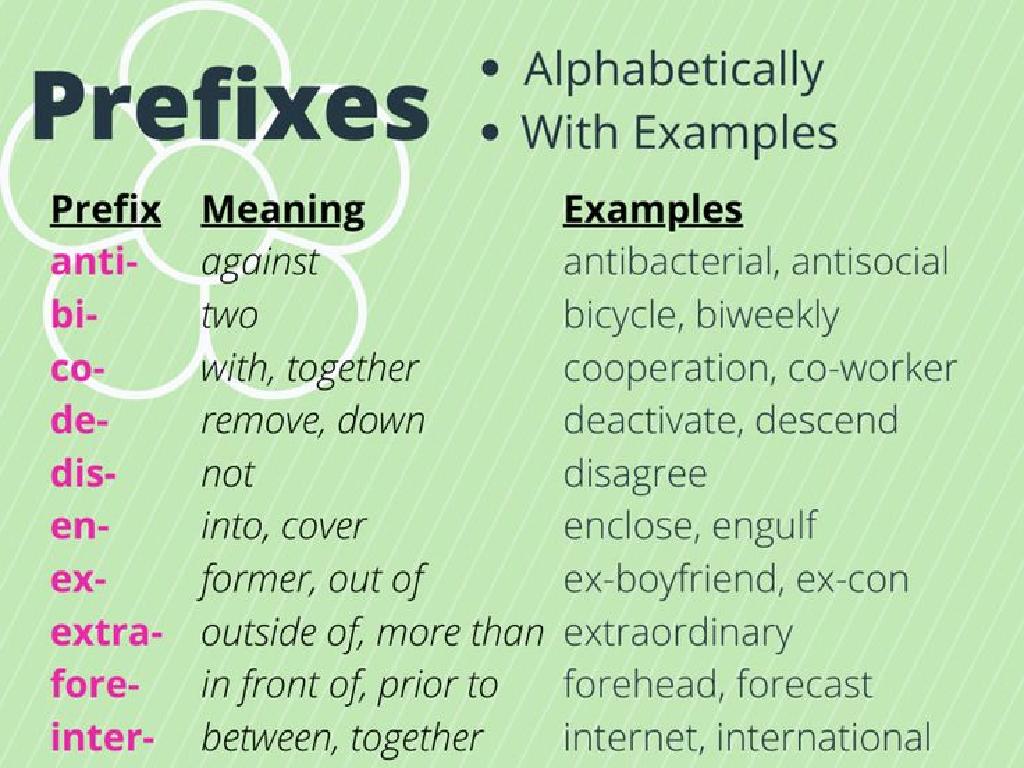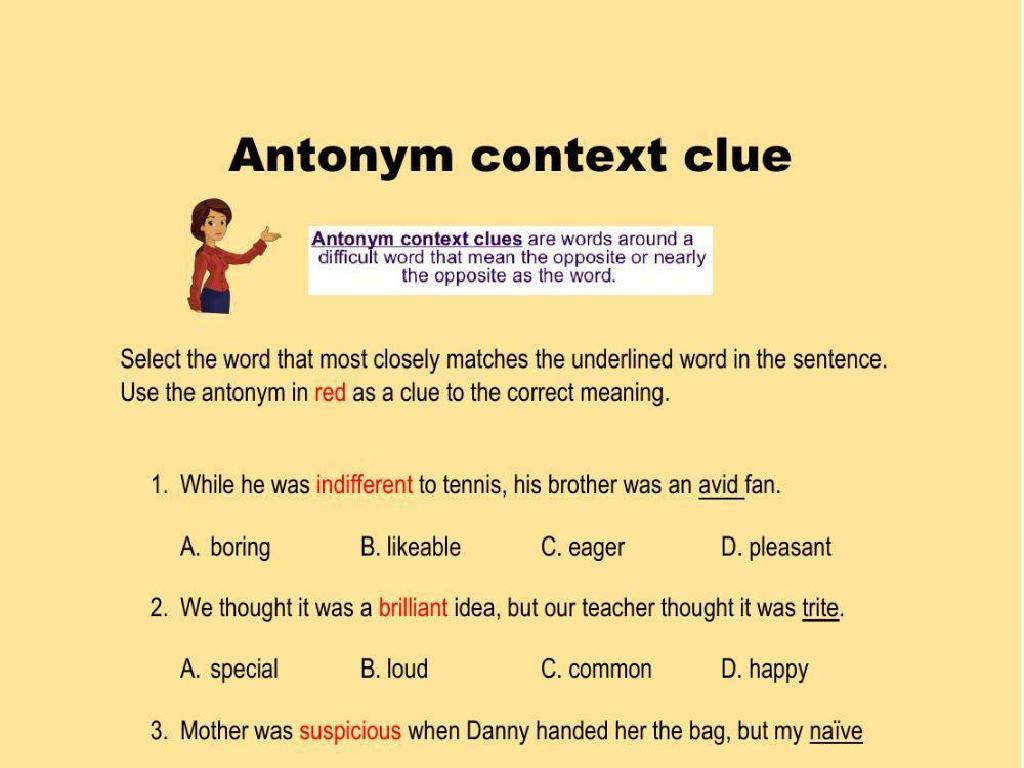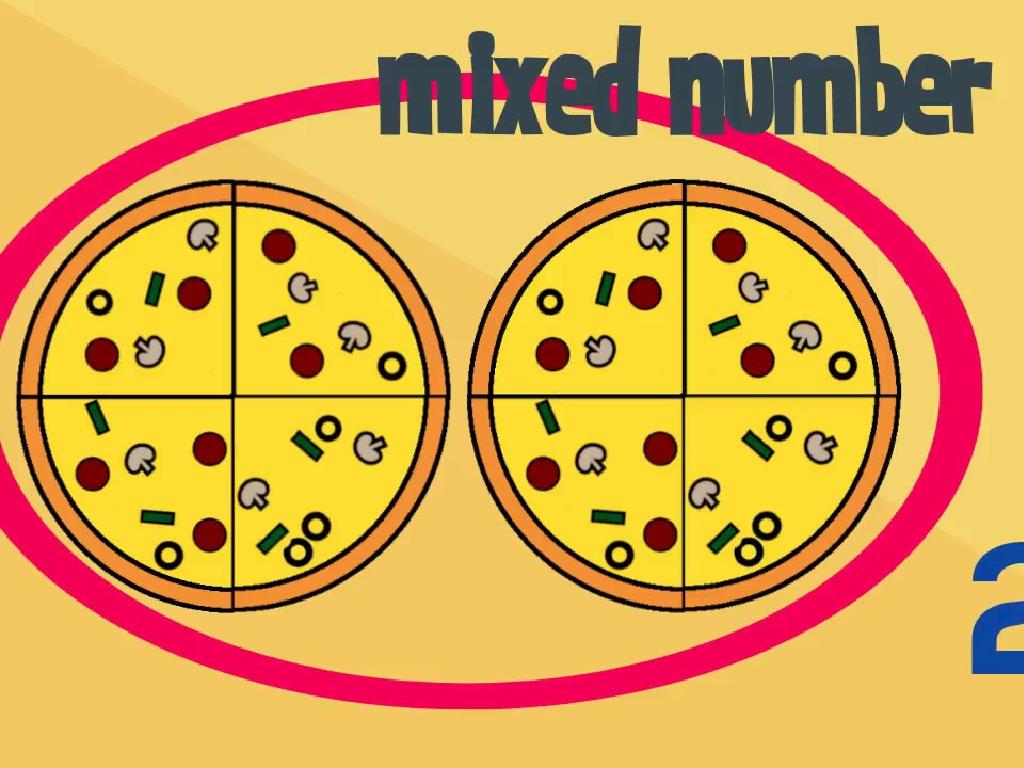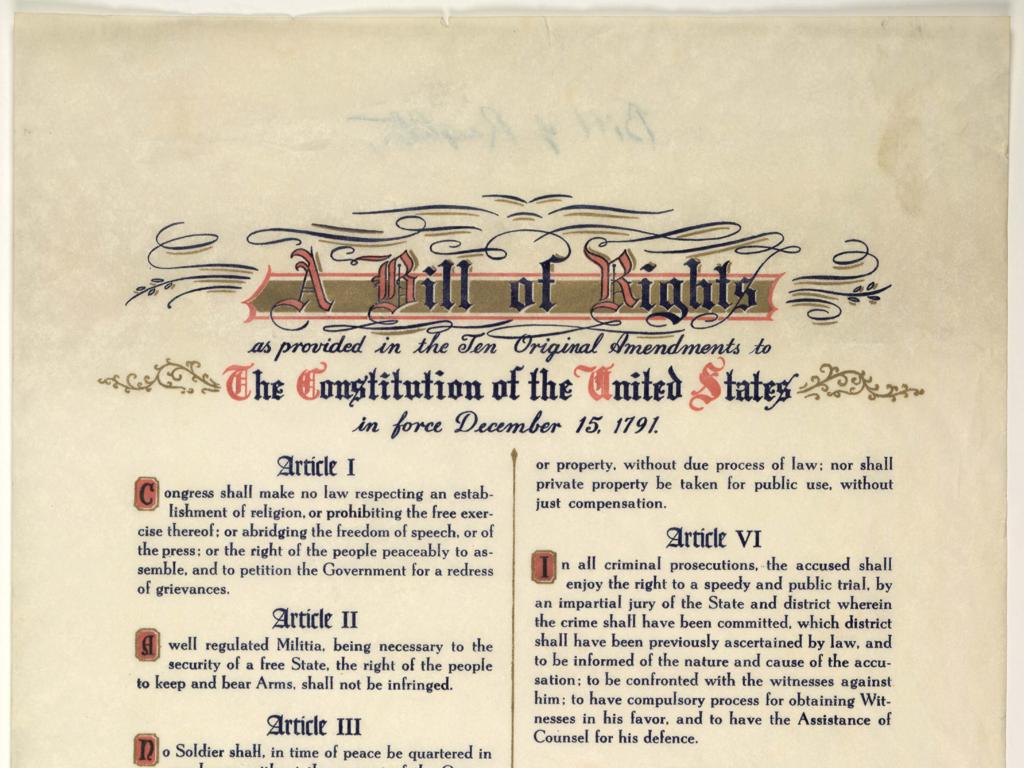Multiply Integers
Subject: Math
Grade: Sixth grade
Topic: Operations With Integers
Please LOG IN to download the presentation. Access is available to registered users only.
View More Content
Multiplying Integers
– What are integers?
– Integers include whole numbers and their negatives
– Rules for multiplying integers
– Same signs multiply to positive, different signs to negative
– Importance of integer multiplication
– It’s essential for algebra and higher math concepts
– Practice problems
|
Begin the lesson by defining integers and ensuring students understand the concept of positive and negative numbers. Explain the rules for multiplying integers: a positive times a positive or a negative times a negative equals a positive result, while a positive times a negative equals a negative result. Emphasize the importance of mastering integer multiplication as it is foundational for algebra and advanced mathematical concepts. Include practice problems to reinforce the rules, such as multiplying -2 by 3 or -4 by -5, and encourage students to explain their reasoning. This will help solidify their understanding and prepare them for more complex operations with integers.
Understanding Integers in Multiplication
– Define integers
– Integers include whole numbers and their negatives
– Examples of integers
– Positive: 1, 2, 3; Negative: -1, -2, -3
– Zero as a neutral integer
– Zero is neither positive nor negative
– Multiplying with integers
– Positive × Positive = Positive, Negative × Negative = Positive, Positive × Negative = Negative
|
Introduce the concept of integers as whole numbers including negative numbers, zero, and positive numbers. Provide clear examples of positive and negative integers to illustrate the concept. Emphasize that zero is a special integer that is neither positive nor negative. When multiplying integers, explain the rules that determine the sign of the product. Use number lines or counters to visually demonstrate multiplication with integers. Encourage students to practice with examples and to remember the rules for the signs when multiplying different combinations of integers.
Rules for Multiplying Integers
– Positive × Positive = Positive
– Positive × Negative = Negative
– Negative × Negative = Positive
– Practice with examples
– Example: (-3) × (-2) = 6, show how two negatives make a positive
|
This slide introduces the basic rules for multiplying integers, which is a foundational concept in understanding arithmetic operations with positive and negative numbers. Emphasize that the product of two positive numbers is positive, which is consistent with their understanding of multiplication so far. Highlight that multiplying a positive by a negative or a negative by a positive results in a negative product, which may be a new concept for them. Stress that the product of two negative numbers is positive, which often confuses students, so provide plenty of examples. In the practice section, use number lines or counters to visually demonstrate these rules, and encourage students to come up with their own examples to solidify their understanding.
Multiplying Positive Integers
– Multiplication basics
– It’s like adding a number repeatedly
– Positive integers example
– For instance, 4 x 3 means adding 4 three times
– Result of multiplying positives
– The product is always positive
|
This slide introduces students to the concept of multiplying positive integers, which is a foundational skill in mathematics. The process is similar to the multiplication they are already familiar with and involves adding a number to itself a certain number of times. For example, multiplying 4 by 3 is the same as adding 4 together three times (4 + 4 + 4), which equals 12. Emphasize that when we multiply two positive numbers, the result is always a positive number. Encourage students to practice with additional examples and to visualize the process as repeated addition to solidify their understanding.
Multiplying Positive and Negative Integers
– Multiplying opposites yields negative
– Positive times negative equals negative
– Example: 5 x (-2)
– When we multiply 5 (positive) by -2 (negative)
– Result of example: -10
– The calculation gives us -10
|
When teaching multiplication of integers, emphasize that the product of a positive and a negative integer is always negative. This is because the positive value is taken away or subtracted the number of times indicated by the negative integer. Use the example 5 x (-2) to illustrate this concept. The number 5 is taken away twice, leading to -10. Encourage students to think of real-life scenarios where this might apply, such as gaining and losing points in a game. Have them practice with additional examples to solidify their understanding.
Multiplying Negative Integers
– Two negatives equal a positive
– When multiplying, if both numbers are negative, the result is positive
– Example: (-4) x (-3) = 12
– Multiplying -4 and -3, we count 4 groups of -3, which equals 12
|
This slide introduces the concept of multiplying negative integers. Emphasize the rule that when two negative numbers are multiplied together, the result is a positive number. Use the example (-4) x (-3) to illustrate this rule. Explain that multiplying two negatives is like combining two ‘losses’ to make a ‘gain.’ Encourage students to think of real-life scenarios where this might apply, such as owing money. Provide additional examples and practice problems to reinforce the concept. Make sure to check for understanding by asking students to explain the rule in their own words and solve similar problems.
Let’s Practice Multiplying Integers!
– Solve: 6 x (-7)
– Positive times a negative equals a negative
– Solve: (-8) x (-2)
– Negative times a negative equals a positive
– Use your whiteboard
– Share your answers
|
This slide is designed for a class activity to practice multiplying integers. Students will solve two multiplication problems involving negative numbers. The first problem demonstrates that a positive number multiplied by a negative number results in a negative number. The second problem shows that the product of two negative numbers is a positive number. Encourage students to use their whiteboards to work out the problems, fostering active participation. After solving, students will share their answers with the class. This activity will help solidify their understanding of the rules for multiplying integers. Prepare to discuss common mistakes and clarify misconceptions. Possible activities include pairing students to compare answers, creating a class chart of the multiplication rules, or having volunteers explain their reasoning to the class.
Real-Life Applications of Multiplying Integers
– Importance of integer multiplication
– Temperature changes example
– Multiplying negative temperatures in weather patterns
– Financial context: gains and losses
– Calculating profit (positive) or debt (negative) through multiplication
– Practice with real scenarios
|
This slide aims to show students how the concept of multiplying integers is applied in everyday life. Emphasize the importance of understanding integer multiplication for various real-world scenarios. For instance, when temperatures drop below zero, multiplying negative integers helps predict weather patterns. In finances, multiplication of integers can represent gains (positive numbers) and losses (negative numbers), which is crucial for understanding profit and debt. Encourage students to think of other areas where integer multiplication might be used and to practice with real-life examples to solidify their understanding.
Class Activity: Integer Multiplication Game
– Pair up for the multiplication game
– Understand card color significance
– Reds are negative, blacks are positive integers
– Draw, multiply, and record scores
– Each draw involves multiplying two integers
– Aim for the highest team score
|
This interactive game is designed to help students practice multiplying integers in a fun, engaging way. Before starting, explain how a standard deck of cards can represent integers, with red cards being negative and black cards being positive. Each pair of students will draw two cards at a time, multiply the integers they represent, and record their score on a shared scoreboard. The goal is to have the highest cumulative score at the end of the game. As a teacher, circulate to ensure understanding and correct application of multiplication rules. Possible variations include using more cards for higher difficulty, introducing jokers as wild cards, or setting time limits for each round to add excitement.
Homework and Wrap-up: Multiplying Integers
– Complete integer multiplication worksheet
– Study for the operations quiz
Focus on multiplication rules for positive and negative numbers.
– Review today’s lesson
Go over your notes and practice problems.
– Ask any final questions
Clarify any doubts now for a better understanding.
|
As we conclude today’s lesson on multiplying integers, assign the provided worksheet for practice. This will reinforce the concepts learned in class and prepare students for the upcoming quiz on all operations with integers. Encourage students to review their notes, especially the rules for multiplying positive and negative numbers. Remind them that understanding these rules is crucial for the quiz. Finally, open the floor for any questions, ensuring that students feel confident about the material covered. Address any confusion and provide additional examples if necessary. The goal is to ensure that all students have a solid grasp of multiplying integers before moving on to the next topic.






